Oriolo Romano lies upon the hills sheltered by the Sabatini Mountains, near the Lake of Bracciano, surrounded by woods of ancient beech, oak, and chestnut trees. The area boasts the Olmate, the ancient garden of Palazzo Altieri, and the gorgeous Beech Forest of Monte Raschio, UNESCO World Heritage Site since 2017.
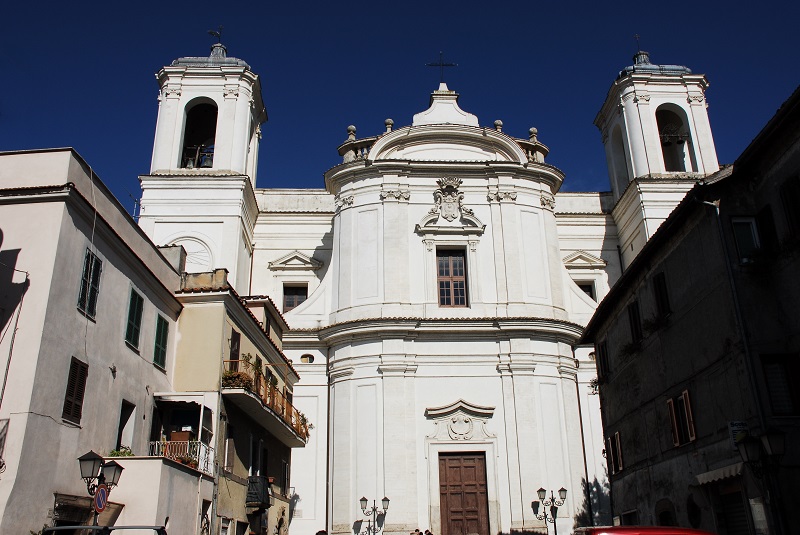
Aerial view of Oriolo Romano
The village was planned by the noble Santacroce Family as an ideal and happy town, with a remarkable economic and urban organization. In 1560, Giorgio Santacroce founded the first settlement, following a rational masterplan, suitable for the needs of the people and the Lords.
Even today, Oriolo Romano is a perfect example of carefully projected human settlement, straight streets, a garden and a vegetable patch for every house, a large meeting square, and one broad avenue, the Ancient Via Clodia, for commercial activities.
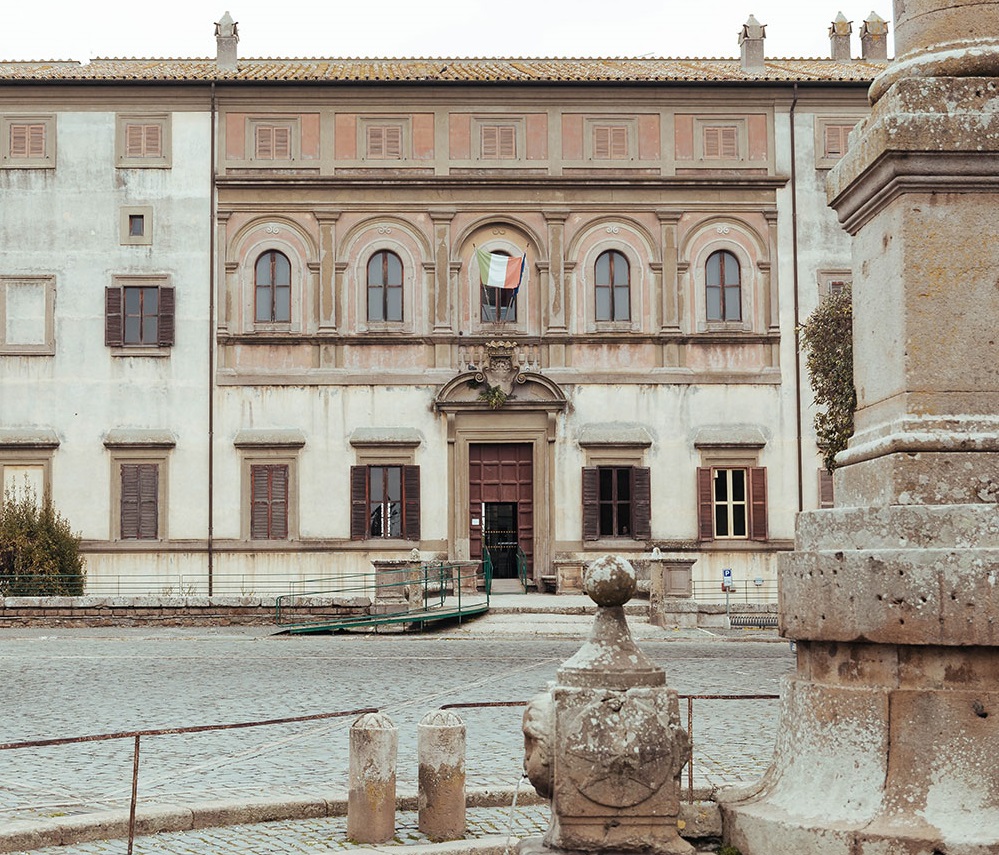
Palazzo Altieri – Direzione regionale musei Lazio
Later, in the seventeenth century, the Altieri family took over the control of the town. Palazzo Altieri, now hosting the Polo Museale del Lazio, is the most important monument in the historic centre.
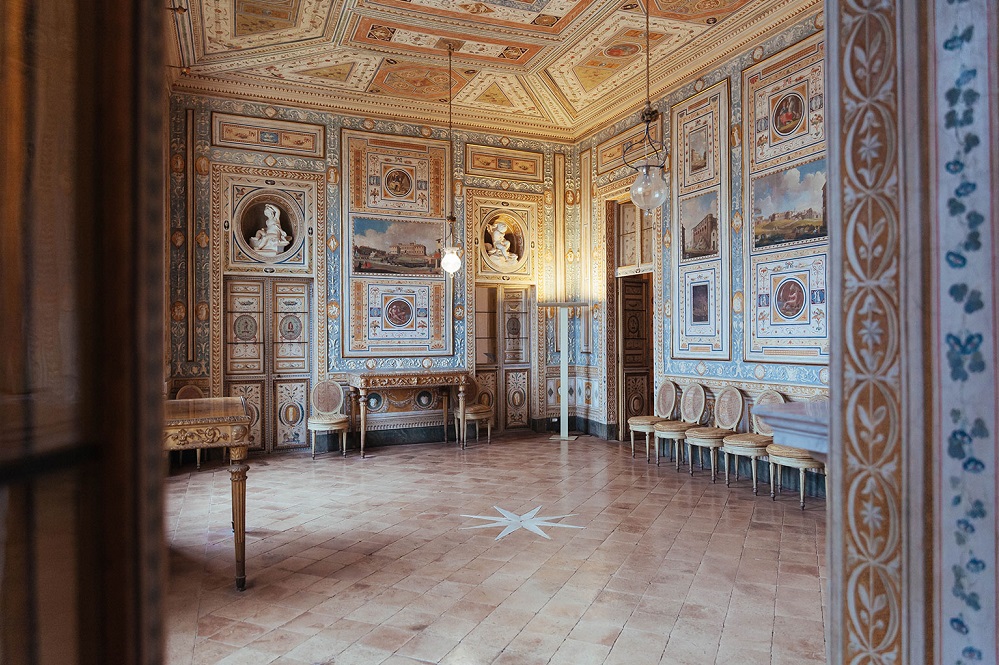
The frescoed rooms of Palazzo Altieri in Oriolo Romano – photo by the Direzione Regionale Musei Lazio
Not to be missed are the elegant, finely furnished and perfectly preserved interiors of the Palace, frescoed with landscape scenes and images representing Aesop’s fables, as well as the garden, hosting a very rare over 100-year-old yew tree. In the Gallery of the Popes, unique in the world, hang the portraits of 266 pontiffs in office over the centuries, from St. Peter to Papa Francesco.
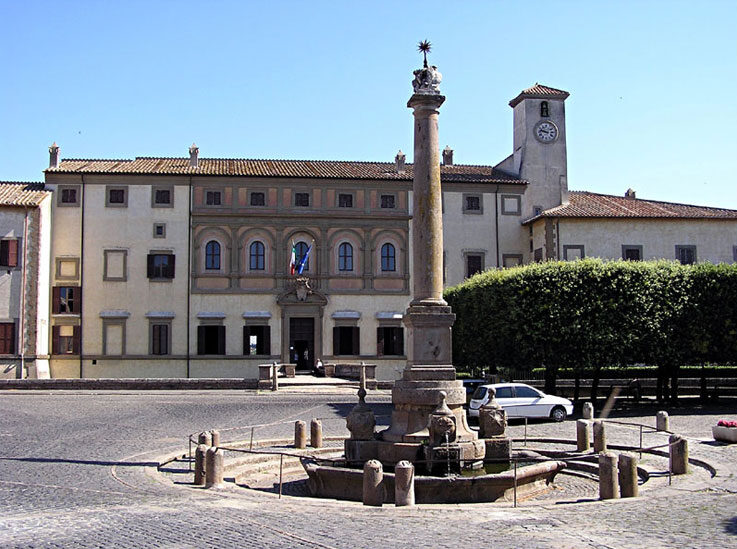
Fontana delle Picche, attributed to Jacopo Barozzi da Vignola
Also worth admiring is the Fontana delle Picche, designed by Jacopo Barozzi da Vignola.
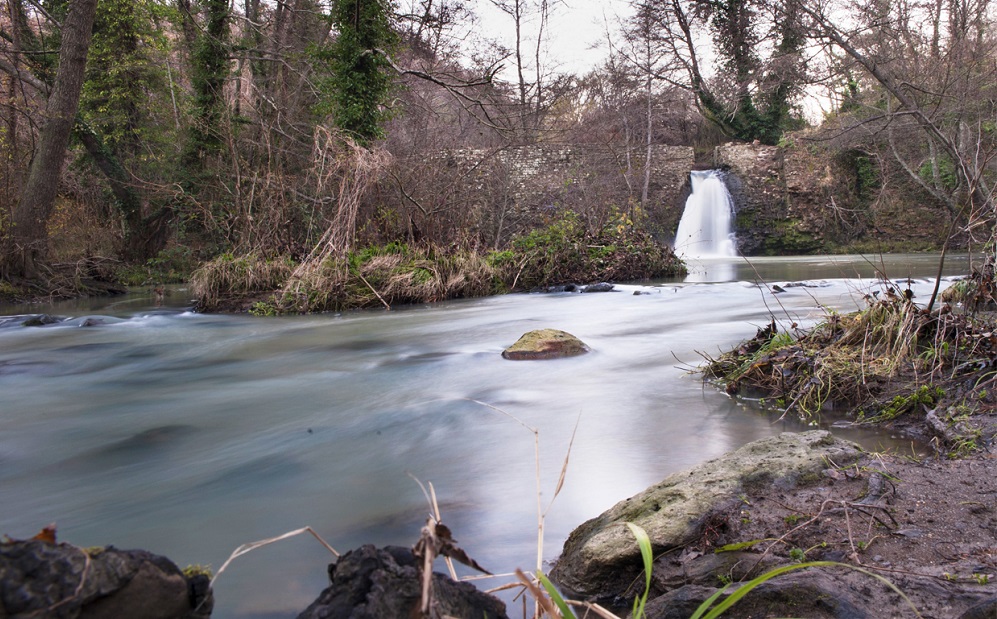
Parco-della-Mola – photo by Gabriele-Mizzoni
Let us also enjoy the natural areas around the village, such as the Olmata, with its tree-lined avenues, and the Parco della Mola, named after the remains of an old mill on the Mignone River, which forms a suggestive waterfall and a small lake.
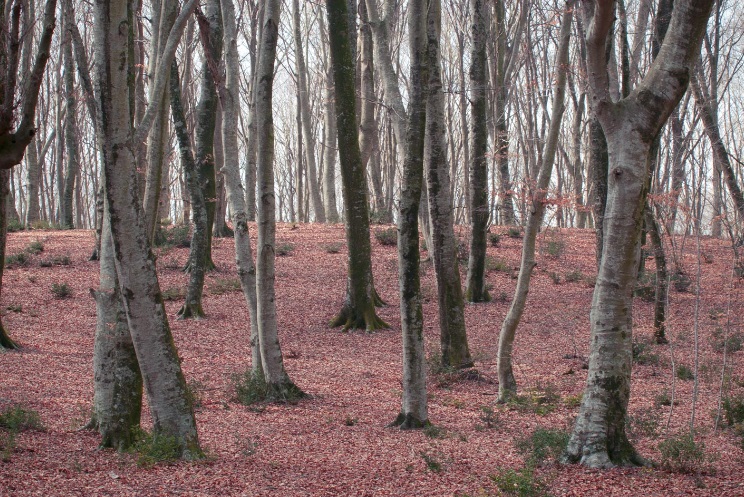
The Beech Forest of Monte Raschio, photo from www.parcobracciano.it
The nearby enchanting Beech Forest of Monte Raschio, UNESCO Heritage Site, offers the opportunity to take long walks, on foot, by bike, or on horseback, through uncontaminated woodlands, and to establish a close relationship with nature.
It is impossible to resist the temptation of tasting local dishes on the occasion of famous Festivals, the delicious Fettuccine with porcini mushrooms in September, or the earthworm-shaped Lombrichelli at Ferragosto (August 15). The Feast of the Madonna della Stella also takes place in August, whereas the Authentic Wines Festival is held in October. In Winter, two interesting events are scheduled, the Christmas celebrations in December and the Carnival in January.
